Writing Teaching Resources
Teaching writing strategies and the writing process this school year? Explore a comprehensive collection of teacher resources for primary English teachers — all created by teachers!
Stocked with graphic organisers, writing prompts, templates, worksheets and so much more, this collection of printable and digital activities is designed to help you as you help your students become more effective communicators and unleash their creativity and imagination.
Save time on lesson planning with resources that are aligned with the Australian curriculum (including version 9!) and have been through a careful review process by an expert member of our teacher team to ensure they're ready for your classroom and your students!
Are you looking for tips and tricks to add to your teacher toolkit this school year? Read on for a primer from our teacher team, including engaging activities for teaching writing inprimary school and a look at some of the different writing strategies your students will need to learn.
11 Writing Strategies Kids Should Know by the End of Primary School
We can't talk about teaching kids to write without talking about the different writing strategies that can help them do just that!
When it comes to teaching our students to become confident writers who articulate their ideas effectively, here are some of the strategies our teacher team prioritises:
1. Brainstorming
Brainstorming is something we often do in the classroom, and it's a crucial part of learning to generate the ideas that will drive students' writing as they progress through their educational journey. Kids should know how to create a list of potential topics or points related to a particular writing assignment.
With younger students, this is often done as a whole group by writing ideas and points on chart paper. In upper years, students transition over to using text-based materials to generate ideas and talking points.
2. Outlining
Before diving directly into any assignment, our students should be able to create a structured framework or outline. Teaching students how to create this outline will help them organise their thoughts and arguments for penning their essays, reports and research papers.

3. Using Graphic Organisers
Technically graphic organisers are classroom tools, so you may not think of their use as a writing strategy per se. However, learning to use these tools is another means of providing kids with the tools they need to organize their ideas and information before they sit down to write.
These organisers are particularly useful for expository writing — students can use them to outline main ideas, supporting details, and transitions.
Students can also take advantage of story maps when they are working on narrative writing to plot the key elements of a story, such as characters, setting, conflict, rising action, climax and resolution.
Graphic organisers such as the OREO strategy and hamburger paragraph are also great tools for students to use when working with opinion and persuasive texts.
4. Freewriting
Writer's block is the enemy of creativity, and it can easily frustrate young students who don't know where to begin.
When students freewrite, they write continuously without worrying about grammar or punctuation. This writing strategy can be extremely freeing — hence the name! — and helps frustrated writers move past that writer's block, generating fresh ideas.

5. Peer Editing
Learning to review and provide constructive feedback on each other's work is a great writing strategy to employ in your classroom to help students improve their writing quality and enhance their editing skills.
The strategy allows your students to learn from one another, and it arms them with an important tool they can use well into the future — calling on peers to provide a critical eye to a piece of writing.
6. Using Sensory Language
Working on descriptive writing? With this writing strategy, students engage the reader's senses through vivid and sensory language to create a more immersive experience.
7. Including Transitions and Connectives
As students become more proficient in the writing process, learning to use transitional words and phrases allows them to create smooth transitions between sentences and paragraphs. This strategy makes their writing more coherent and polished.
8. Incorporating Evidence
In persuasive, opinion and expository writing, students are taught to support their claims with evidence and examples to strengthen their arguments.
It takes some practice to train your students to use evidence in their writing, so it's often a good idea to start with something simple, like the R.A.C.E.S. strategy.
9. Crafting a Thesis Statement
In expository, opinion and persuasive writing, crafting clear and concise thesis statements that summarise the main point or argument of their essay helps students be more focused and organised in their writing.
This strategy can also have the effect of empowering students to express their ideas confidently and persuasively.
10. Incorporating Introductions and Conclusions
With this strategy, students practice crafting effective introductions and conclusions that grab the reader's attention and leave a lasting impression.
11. Following a Revision Checklist
Teaching your students to use a revision checklist is a strategy that will help them be more self-reflective, evaluating their own writing against the checklist criteria and becoming more aware of their strengths and weaknesses.

- Free Plan
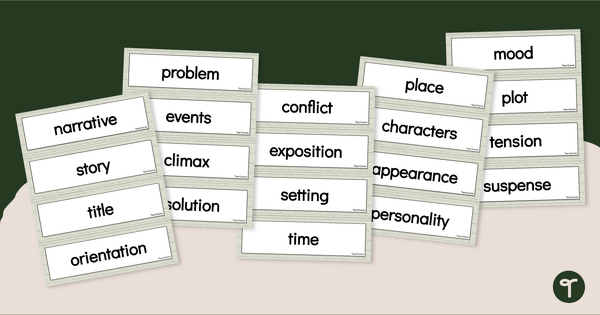
Narrative Writing Word Wall
Review terms related to narrative texts and narrative writing with a set of 33 narrative vocabulary word wall cards.
- Plus Plan

Grammar and Punctuation Assessment Tool – Year 3
A set of 5 grammar and punctuation assessment tools suited to Year 3 students.
- Plus Plan
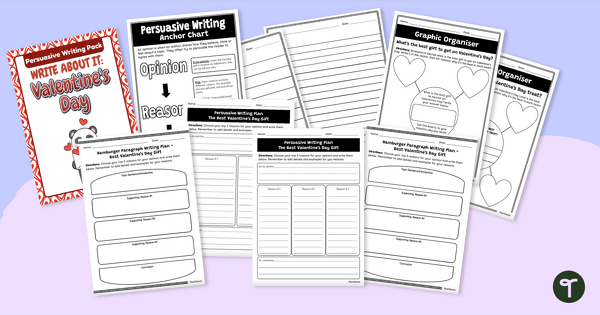
Valentine's Day Persuasive Writing Pack
Write some sweet persuasive texts based on the theme of Valentine's Day.
- Plus Plan
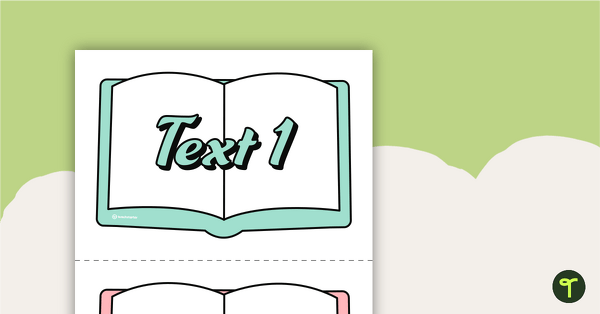
Narrative Writing Bump It Up Wall – Year 6
A visual display for your classroom to help students ‘bump up’ their narrative writing.
- Free Plan
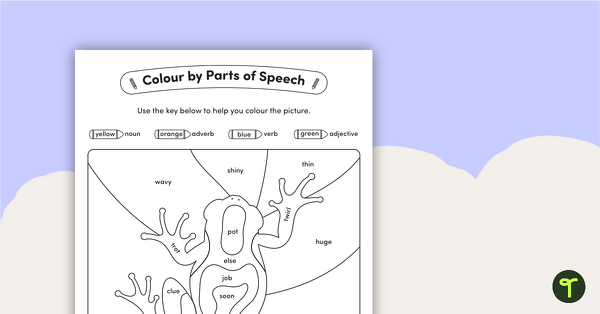
Colour by Parts of Speech - Nouns, Verbs, Adjectives, Adverbs - Frog
Consolidate your parts of speech lesson by colouring nouns, verbs, adjectives and adverbs on the frog.
- Plus Plan
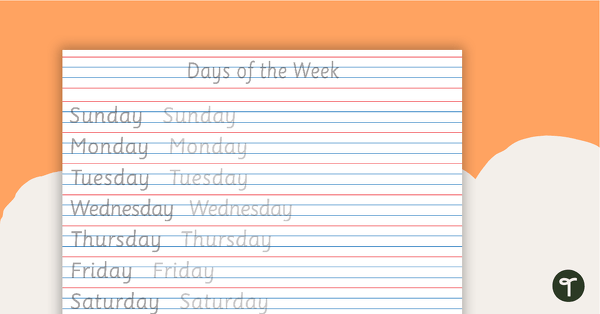
Handwriting Sheet - Days of the Week
A handwriting sheets for the days of the week.
- Plus Plan
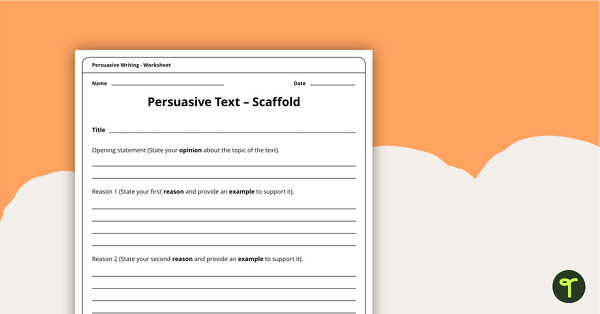
Persuasive Texts Writing Scaffold
A one page scaffolding sheet which can be used to write a persuasive text.
- Plus Plan

Paragraph of the Week PowerPoint - Informative Paragraphs
A Paragraph of the Week PowerPoint presentation to use when setting up this writing strategy in your classroom.
- Plus Plan
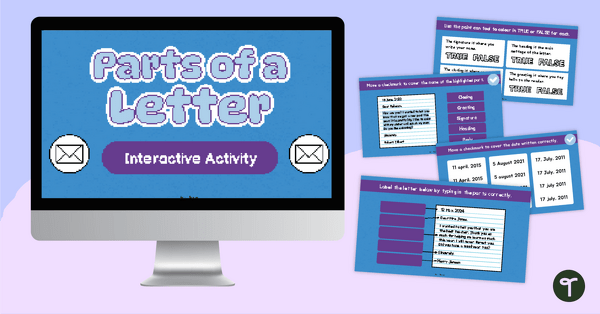
The Parts of a Letter Interactive Activity
Teach the parts of a letter with this engaging interactive activity where students learn the format of a letter through sorting and labelling exercises.
- Plus Plan
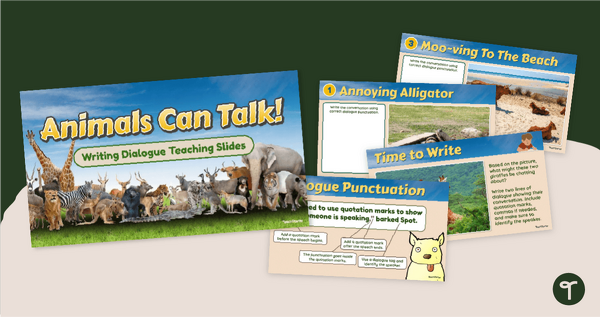
Talking Animals - Writing Dialogue Interactive Slide Deck
Practise writing dialogue and proving that 'Animals Can Talk!' with an exciting slide deck and digital learning activity.
- Plus Plan

Proper Punctuation Chart Pack - Upper Primary
Encourage proper punctuation with a printable punctuation chart pack for upper primary classrooms.
- Plus Plan
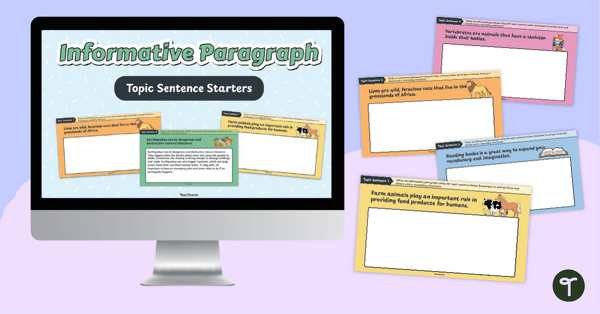
Informative Paragraph Topic Sentence Starters - Interactive Slides
Build your students’ writing skills with a set of digital informative paragraph writing prompts.
- Plus Plan
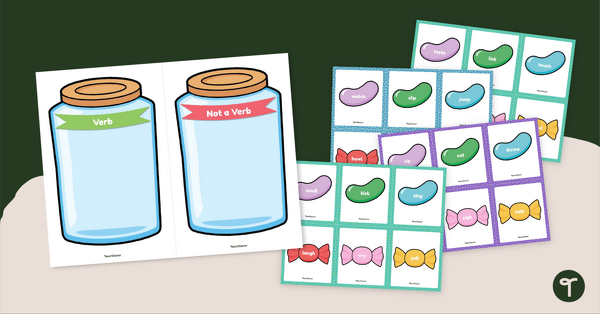
Verb or Not Sorting Activity
Allow students the opportunity to show their verb awareness with this verb or not a verb lolly sorting activity.
- Plus Plan
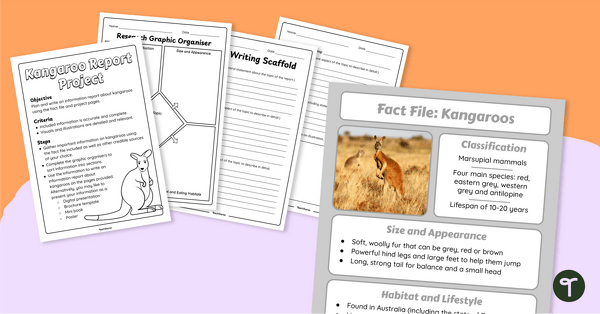
Kangaroo Information Report – Writing Project
Get your students to write a kangaroo information report using this fact file, graphic organiser and writing scaffold.
- Plus Plan
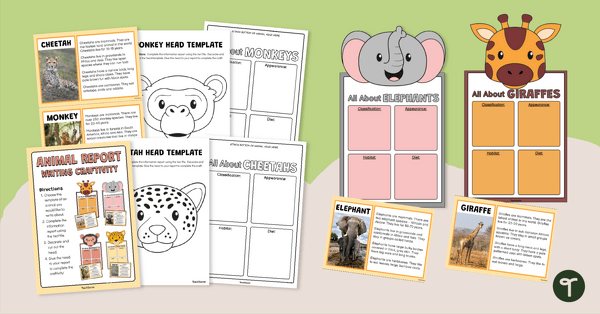
Animal Information Report – Writing Craftivity
Use this animal-themed writing and craft activity to teach your early years students about informative writing.
- Plus Plan

Handwriting Rhyme Poster
Use this handwriting rhyme to help your students prepare themselves for a handwriting lesson.
- Plus Plan
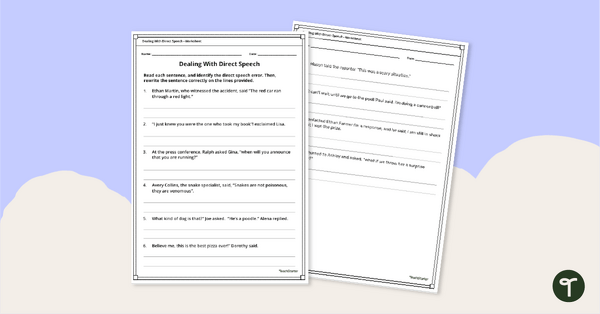
Dealing With Direct Speech - Worksheet
Use this worksheet when teaching students the rules for punctuating direct speech using double quotation marks.
- Plus Plan
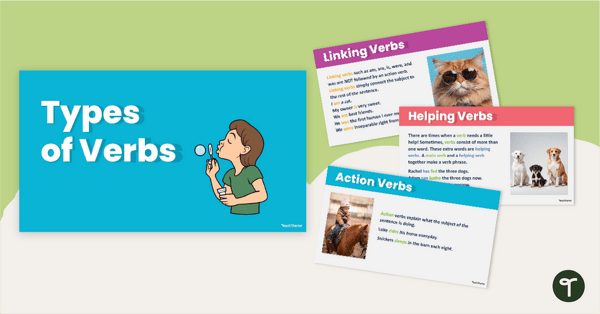
Types of Verbs Teaching Slides
Teach students about the different types of verbs with this set of 38 teaching slides with activities.
- Plus Plan
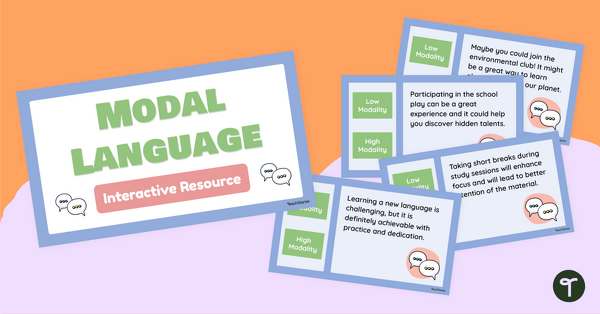
Modal Language Interactive Activity
Explore the language of modality with your students using this digital game perfect for your persuasive writing lessons.
- Plus Plan
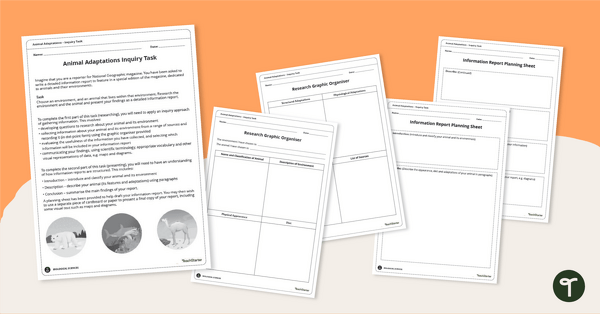
Animals That Adapt - Research Project & Report
Strengthen your students' understanding of conducting research with an Animal Adaptations research project.
- Plus Plan
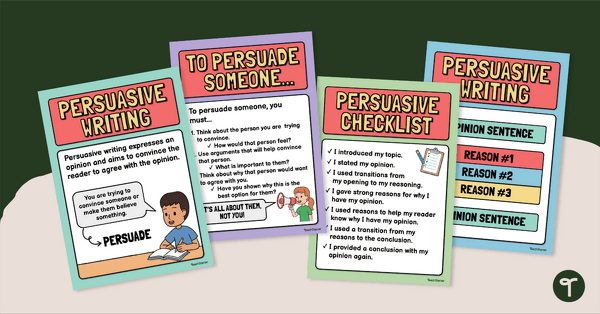
Persuasive Writing Poster Set
Display this set of persuasive posters for students to use as a guide during your persuasive writing units.
- Plus Plan
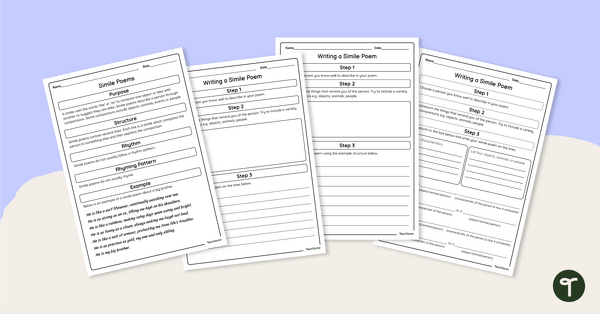
Writing a Simile Poem - Worksheet
Experiment with similes by writing a simile poem about a special person.
- Plus Plan
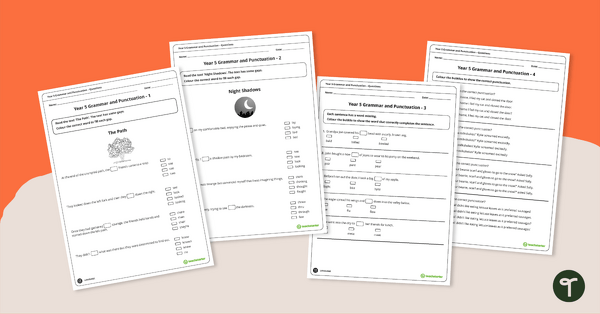
Grammar and Punctuation Assessment Tool - Year 5
A set of 5 grammar and punctuation assessment tools suited to Year 5 students.
- Plus Plan
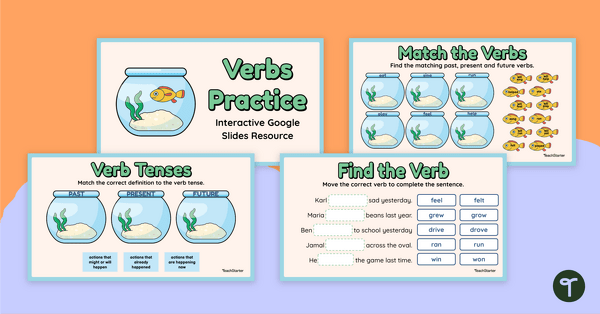
Past, Present and Future Tense Verbs — Interactive Activity for Year 3
Explore past, present and future tense verbs in the classroom with this Google Slides Interactive activity.
- Plus Plan
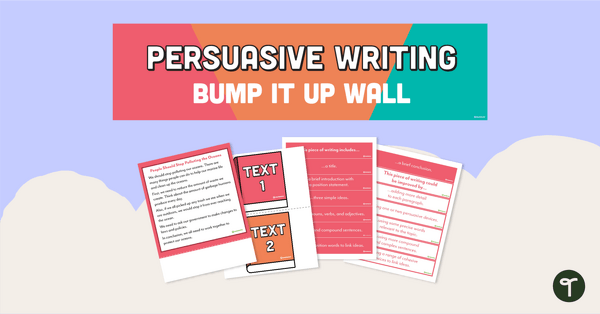
Persuasive Writing Bump It Up Wall – Year 6
A visual display for your classroom to help students ‘bump up’ their persuasive writing.
- Plus Plan
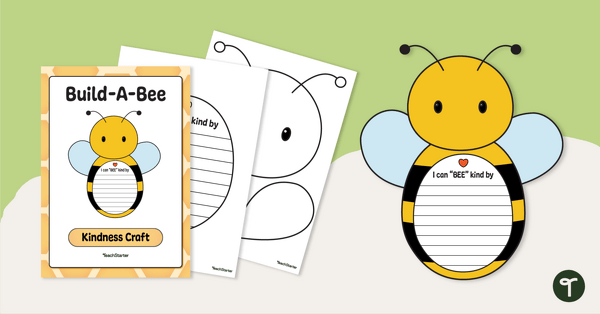
Bee Kind Craft and Writing Template
Celebrate World Kindness Day with this gorgeous bee writing and craft template.
- Plus Plan

Common and Proper Nouns Sort - Cut and Paste Worksheet
A sorting worksheet to practise identifying common and proper nouns.
- Plus Plan
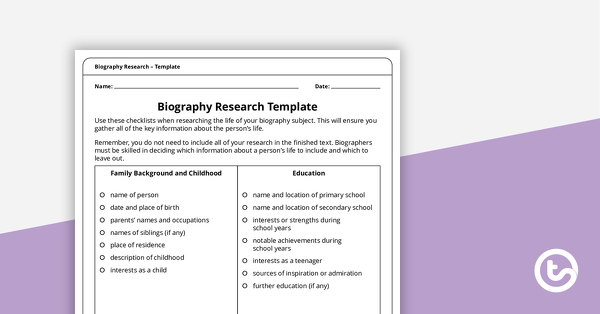
Biography Research Template
Provide students with this biography research template to help them gather key life details and take organised notes for writing a well-structured biography.
- Plus Plan
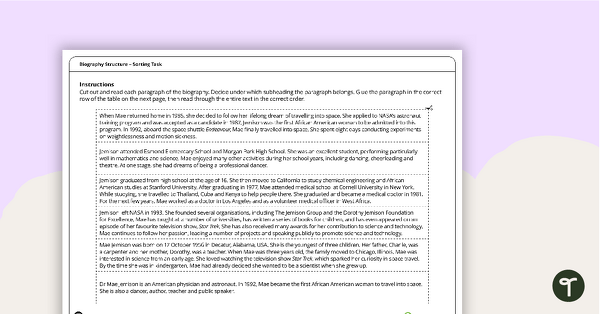
Biography Structure Sorting Worksheets
Teach biography structure with engaging sorting worksheets that help students understand the key sections of a biography using authentic text examples.
- Plus Plan
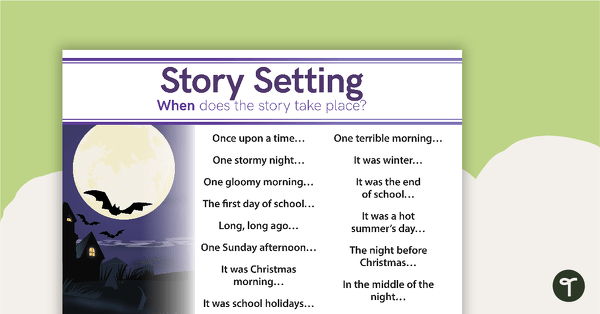
Narrative Setting Prompts Posters
A set of 2 posters giving ideas for the setting of a narrative.
- Plus Plan
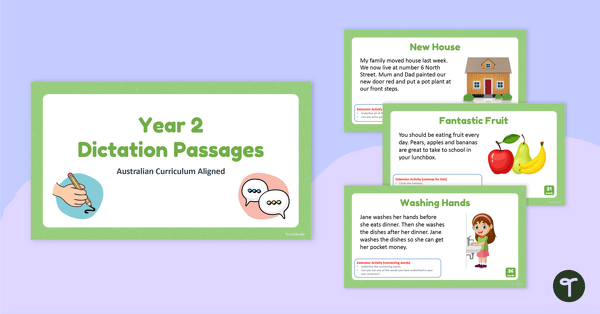
Year 2 Dictation Passages PowerPoint
Use this set of Year 2 dictation passages to promote listening and transcription skills in your students.
- Plus Plan
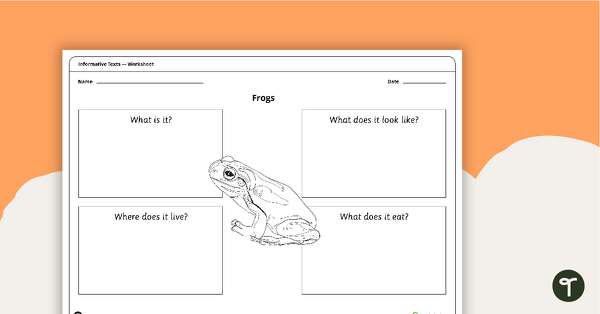
Build an Animal Fact File – Cut and Paste Worksheets
Use these animal fact file cut-and-paste worksheets as a precursor to information report writing.
- Writing Worksheets
- Writing Templates
- Writing Games
- Writing Posters
- Writing Teaching Presentations
- Writing Labels, Signs & Decorations
- Writing Word Walls
- Writing Projects
- Writing for Preschool/Kindergarten
- Writing for Foundation Year
- Writing for Year 1
- Writing for Year 2
- Writing for Year 3
- Writing for Year 4
- Writing for Year 5
- Writing for Year 6
- Writing for Year 7